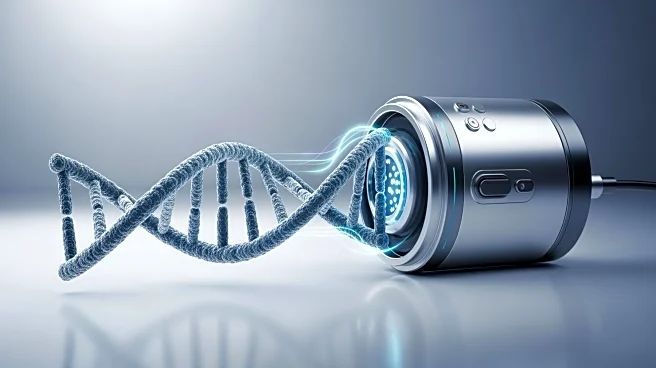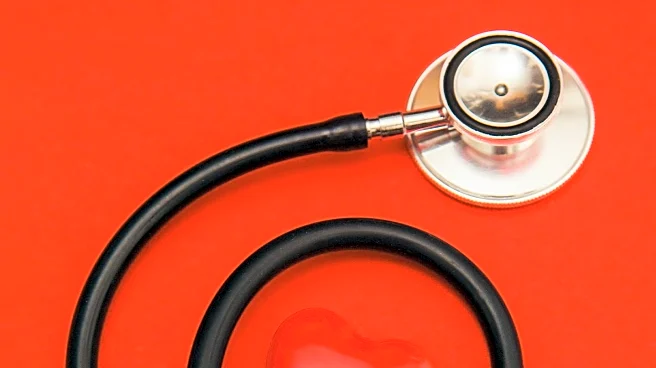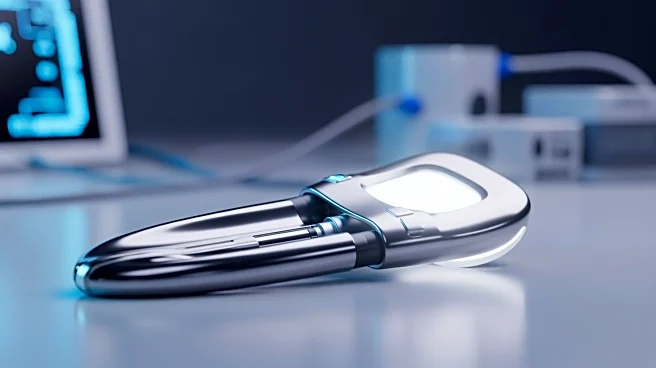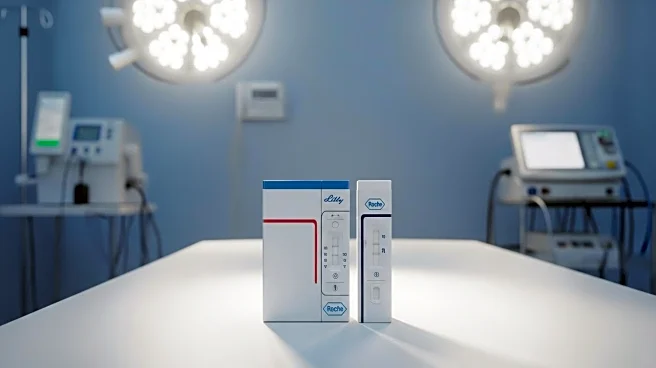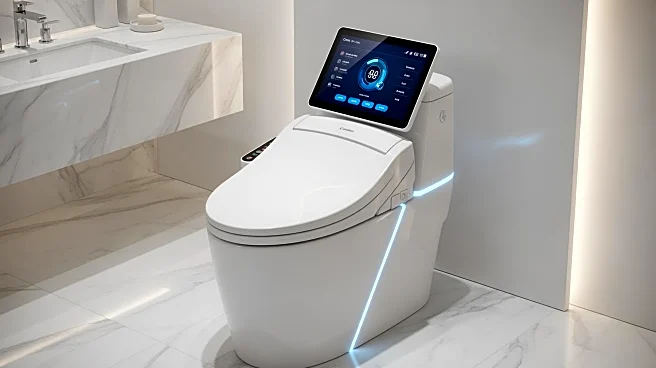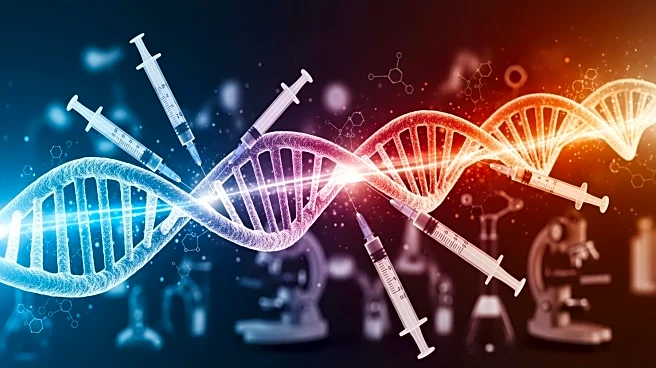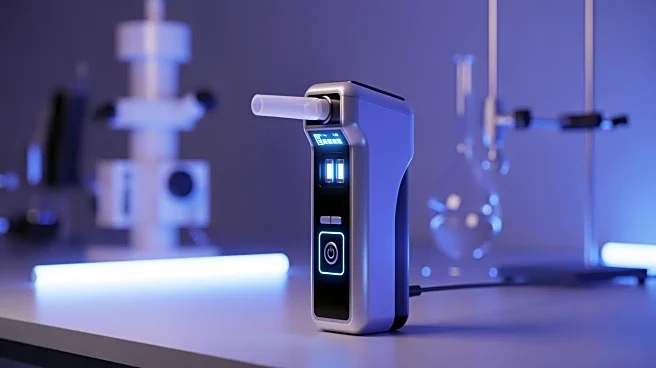What's Happening?
Researchers at Université de Montréal have created a DNA-based signaling cascade that can detect and quantify molecules in a single drop of blood within five minutes. This innovative approach, inspired by natural cell signaling processes, allows for the
rapid measurement of various molecules using an electrochemical signal. The team, led by Professor Alexis Vallée-Bélisle, has demonstrated the technology's effectiveness in mice, suggesting its potential for point-of-care devices that could optimize disease treatment. The DNA sensor operates without the need for complex laboratory procedures, making it a promising tool for real-time monitoring of drug concentrations in patients.
Why It's Important?
This development could significantly impact the medical field by providing a quick and cost-effective method for monitoring therapeutic drug levels. Maintaining optimal drug dosages is crucial for effective treatment, as incorrect dosages can lead to drug resistance or adverse side effects. The ability to measure drug concentrations rapidly and accurately could improve patient outcomes, particularly in treatments like chemotherapy where dosage precision is vital. The technology's adaptability to various molecular targets also suggests broad applications in personalized medicine, potentially transforming how diseases are managed and treated.
What's Next?
The DNA sensor technology is poised for commercialization through a patent licensed to Anasens, a Montreal-based company. This step could lead to the development of affordable, easy-to-use devices for both clinical and home settings. As the technology advances, it may prompt further research into its application for other drugs and conditions, potentially expanding its use in healthcare. Stakeholders in the medical device industry and healthcare providers may closely monitor its progress, considering its potential to streamline diagnostic processes and enhance patient care.
Beyond the Headlines
The ethical implications of such rapid diagnostic tools include concerns about data privacy and the potential for misuse in non-clinical settings. Additionally, the widespread availability of home testing devices could shift some responsibilities from healthcare professionals to patients, raising questions about the adequacy of patient education and support. Long-term, this technology could contribute to a shift towards more decentralized healthcare models, emphasizing patient empowerment and personalized treatment strategies.
